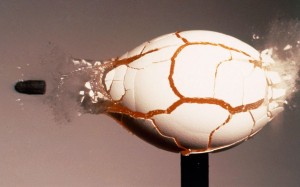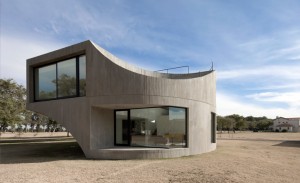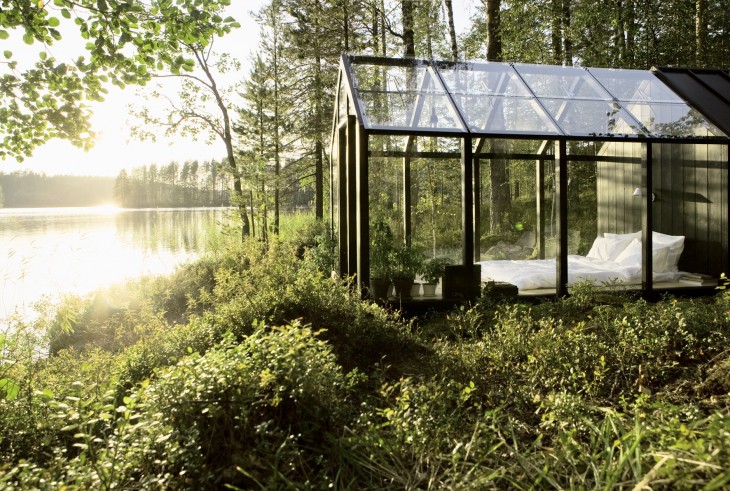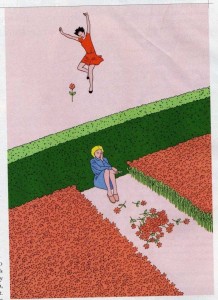Picture: Dr Gary Settles / SPL / Barcroft Media
The first image that comes to my head when I see the project Moriyama House, is a frozen rupture in time, an explosion of some element that is fractionated into different elements and at that moment the picture freezes and are the different parts of the item acquired a unique character making each in a new element, which can remain in a constant fractionation.
In the case study project, you can see how several disparate elements in one place but which form a single spatial unit, and it is this uniqueness that gives the richness and unique atmosphere with regard to how it behaves on project with its environment, people and nature.
With this second point we can identify an element (object) makes a connection between habitat and nature, gives new meaning to the inside / outside, public / private, creating a new relationship between all atmospheres creating a balance for all parties.
The relationship between this logic and scope of advanced architecture is given at the point of how a foreign object can influence the natural landscape (architecture) to the immediate environment and the natural behavior of people level, and continuing the theme spatial subdivision I can relate this with the “broken windows theory” by George L. Kelling, in summary we show how an object can alter the spatial order and human behavior.





